What is the tolerance range of precision screws?
What is the tolerance range of precision screws?
Service Hotline
+86760-8787 8587We have more than ten years of screw industry production experience, the main products are: nut processing manufacturers, aluminum alloy handle caps, hand-tightened nuts, self-locking lock washers, circled screw bolts, blackened and hardened washers, shaft 6mm positioning pins, 304 pins Axle, aluminum type special nut, copper column of children's car accessories fastener, slip-knot bolt, national standard square hexagon spot welding nut, 316 hexagon nut, cabinet cage nut, round thread screw connecting nut, set bolt Other fasteners, due to the different materials and specifications of the products, the prices are also different, please contact us if necessary.


Common fastening screws include self-tapping screws, fine-pitch drywall screws, traditional wood screws, and fiberboard screws. The following are the characteristics of commonly used screws, everyone should choose them reasonably. Self-tapping screws The correct application of self-tapping screws should be used for the fastening and connection of metal materials with pre-drilled holes. It has the function of automatically tapping out the internal thread on the metal body, and can complete the thread engagement with it to play a tightening role. However, due to its high thread bottom diameter, when it is used in wood products, the cut into the wood will be shallower; and because the thread pitch is small, there is less wood structure between every two threads. Therefore, it is unreliable and unsafe to use self-tapping screws for wood mountings, especially loose wood. Drywall Screws The proper use of fine-pitch drywall screws is for fastening and joining between metal studs and plasterboard. It suffers from similar drawbacks as self-tapping screws when used on wood mountings. Moreover, due to the large diameter of the head of the dry-wall screw, the embedding of the head is poor, and it is easy to cause unevenness between the head of the screw and the surface of the mounting part after installation. Traditional wood screws Before using traditional wood screws, pre-drilling holes are required on the wooden mounting parts, otherwise it is easy to cause wood cracking. In addition, since the traditional wood screws are not heat-treated, the use of electric tools can easily cause the groove shape to be damaged, and manual installation is very laborious. Fiberboard screws are relatively new types of wood screws, suitable for power tool installation. However, due to its relatively simple thread design, it still cannot effectively solve the stubborn problem of easy cracking when used on hardwood, and it does not have any advantages in screwing speed and screwing torque. [2]
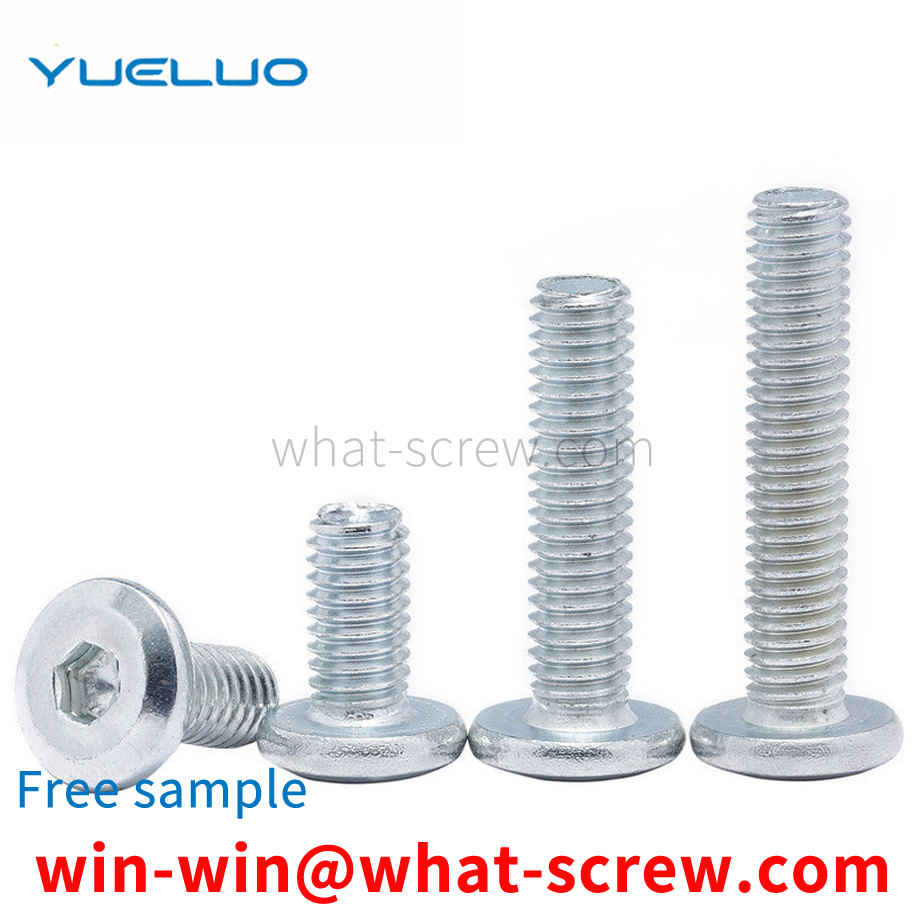
When the tightening effect is achieved by the nut, it is often necessary to use a wrench to fix the nut or turn the nut to achieve the fixing effect. During the use process, the size of the nut is fixed, so it is necessary to use the corresponding type of wrench and the corresponding nut. In the tightening operation, during the installation process, the size of the wrench is large, that is, the nut cannot be manipulated, and it takes time to find a suitable wrench, which is inefficient.
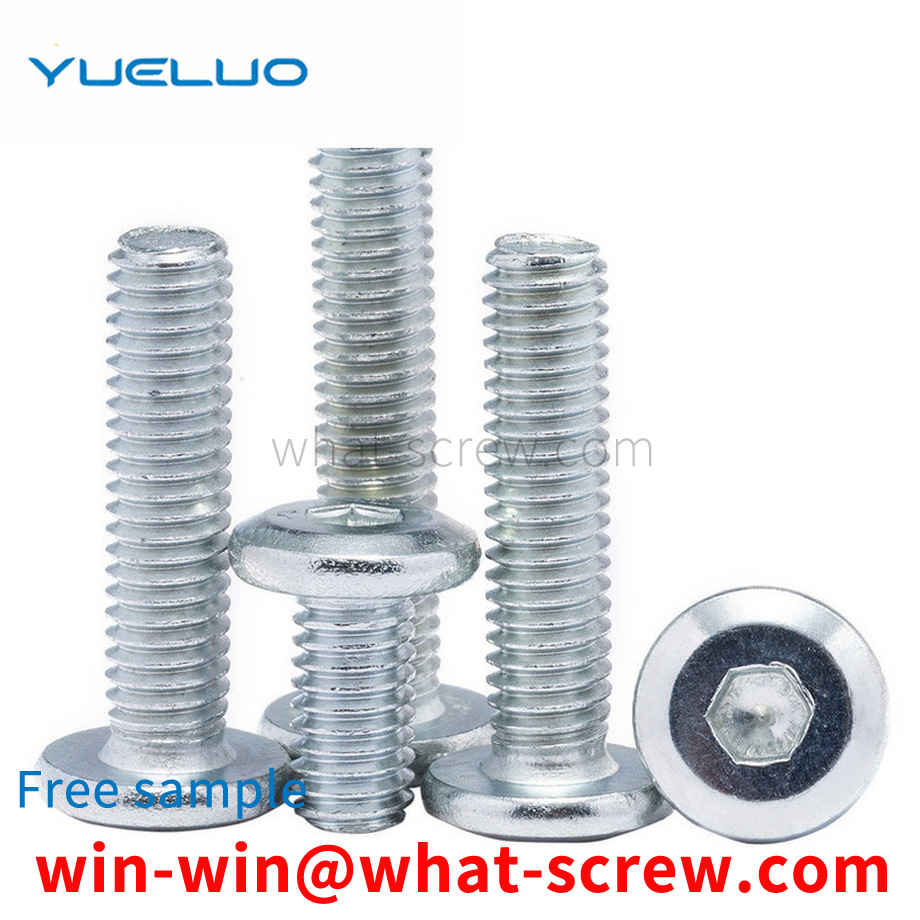
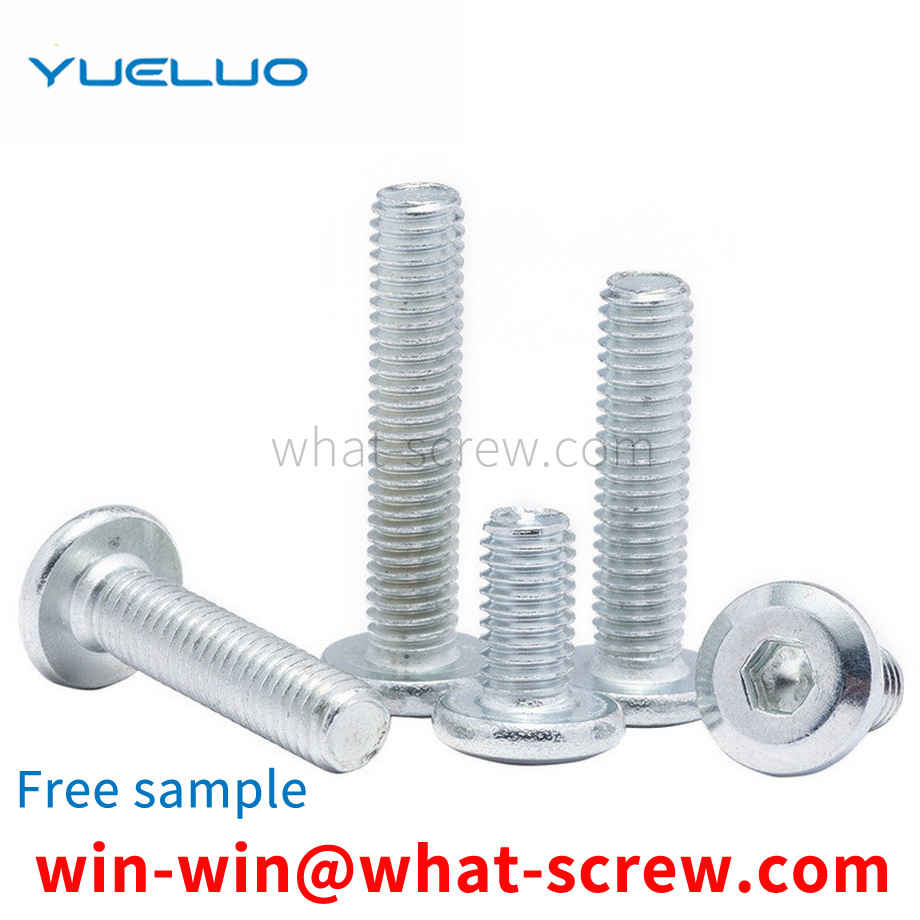
The process factors that affect the quality of high-strength fasteners include steel design, spheroidizing annealing, peeling and dephosphorization, drawing, cold heading, thread processing, heat treatment, etc., and sometimes the superposition of various factors.
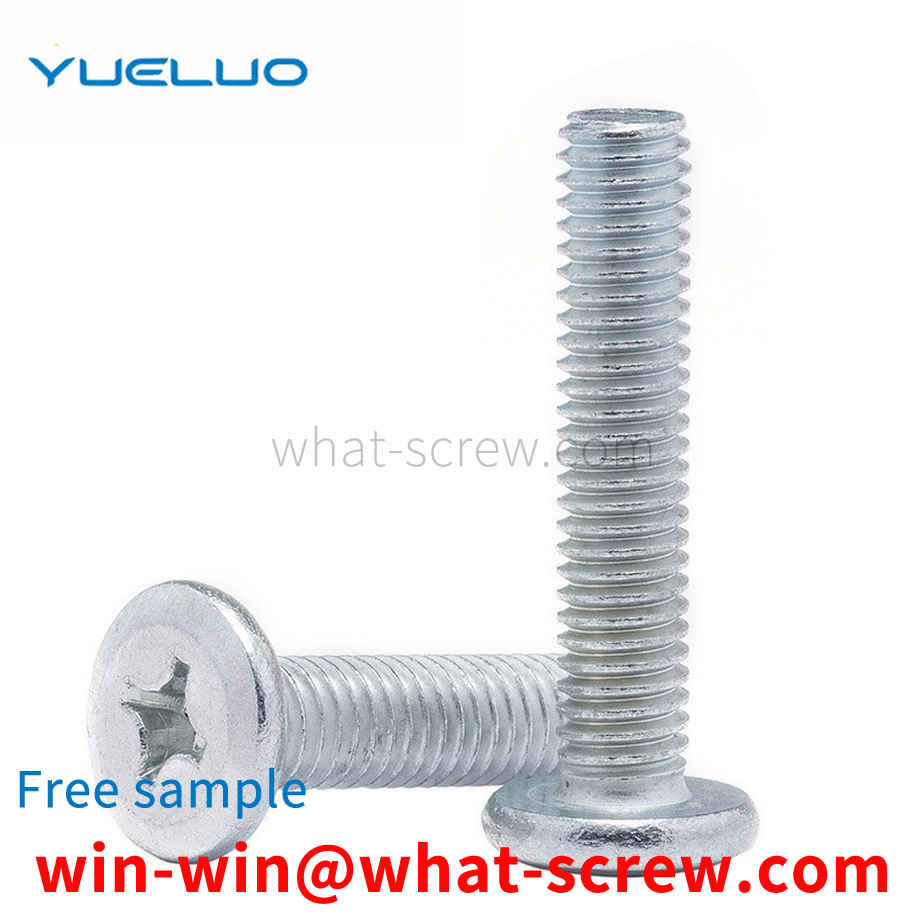
Slotted round nut, side hole round nut, end face hole round nut, small round nut round nut, ring nut, wing nut copper nut, inlaid copper nut, knurled copper nut, embedded copper nut, injection copper Nuts and other alloys zinc-copper alloy nuts and other anti-loosening principles Edit the locking nut The locking nut DIC-LOCK locking nut is composed of two parts, each part has a staggered cam, due to the internal wedge design, the slope angle is greater than the bolt's The angle of the nut, the combination is tightly integrated into a whole. When vibration occurs, the raised parts of the DIC-LOCK locknut stagger with each other to generate lifting tension, thereby achieving the anti-loosening effect.
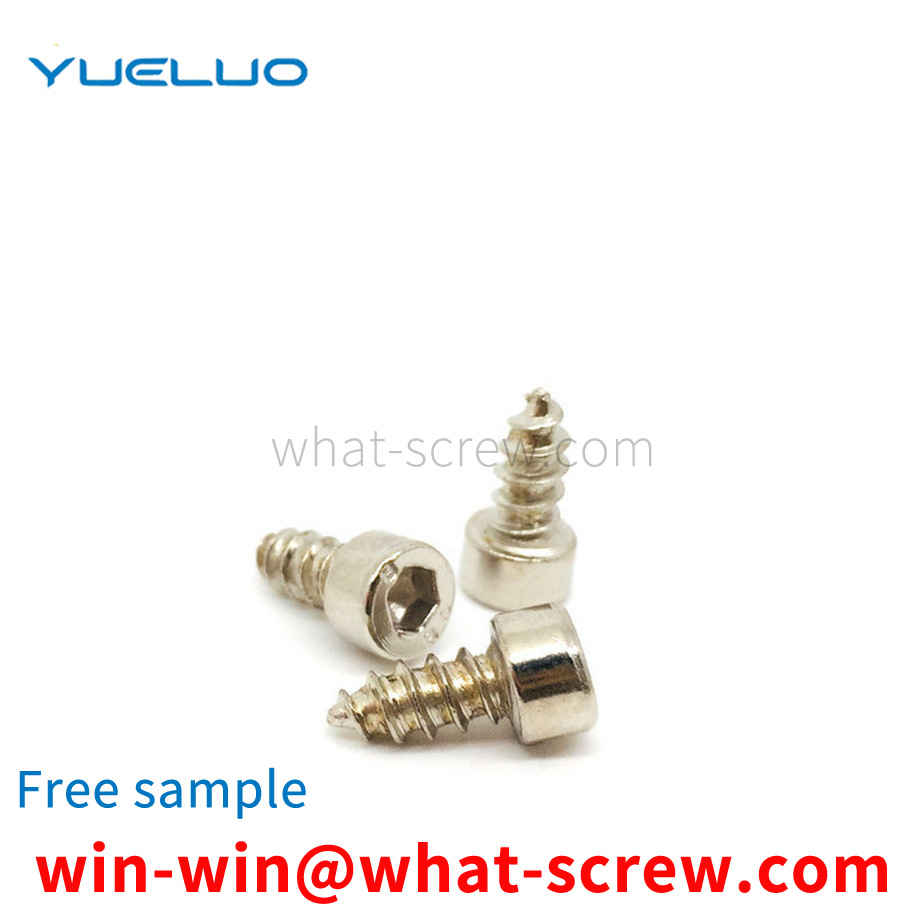
The above content is uploaded by Yueluo or the Internet. If there is any copyright issue, please contact [email protected].

What is the tolerance range of precision screws?

How to choose the right stainless steel screw manufacturer?

Why is there an R angle under the head of the hexagon head s...

We have more than ten years of production experience in the ...

We have more than ten years of production experience in the ...

We have more than ten years of experience in screw industry ...

We have more than ten years of experience in screw industry ...